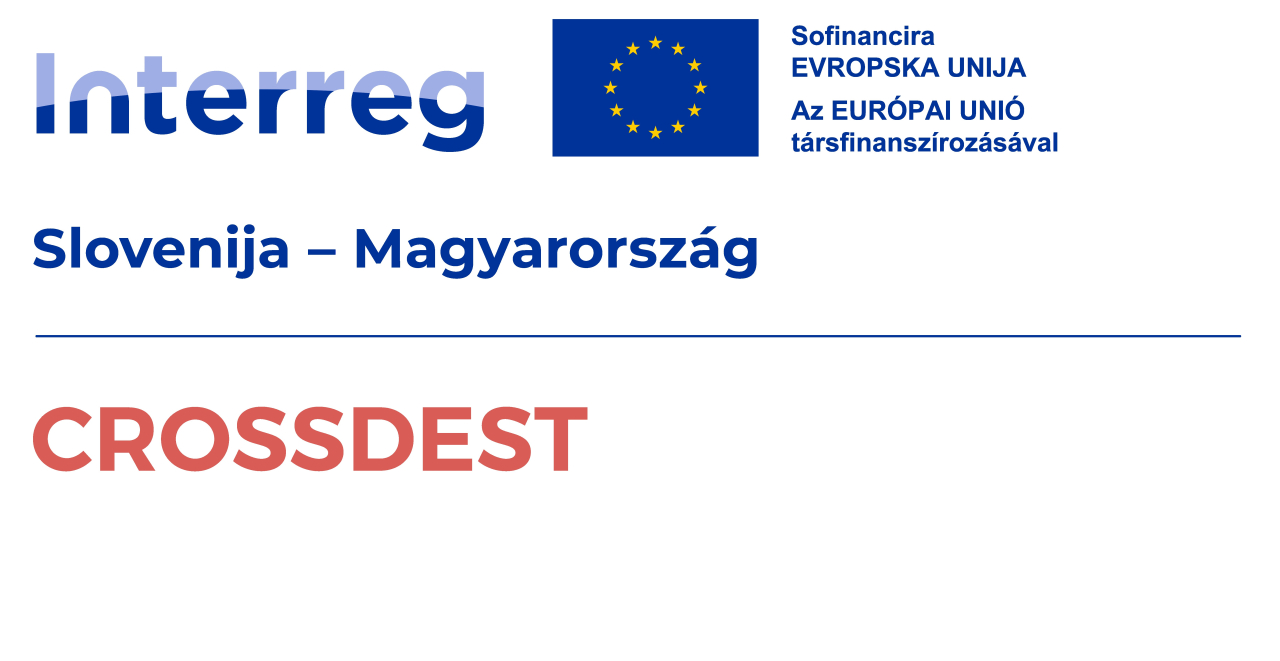-

사진: Innotime -

사진: Innotime -

사진: Innotime -

사진: Innotime -

사진: Innotime
수도자 거주지
Szentkúti 수도자 거주지는 자연과 영성이 어떻게 조화를 이루는지, 지질학과 인간의 존재가 어떻게 얽혀 있는지를 보여주는 특별한 사례입니다. 지속 가능한 관광의 관점은 이러한 가치를 미래 세대에게도 보존할 수 있도록 합니다. 이 장소는 도보로 쉽게 접근 가능하며, 지역의 테마 트레일, 지질 관광 프로그램 및 환경 교육 활동과 훌륭하게 통합될 수 있습니다.
추가 정보
Mátraverebély-Szentkút로 향하는 길에, Meszes-tető의 경사면에서 약 300미터 길이의 독특한 흰색 암벽이 방문객들에게 펼쳐집니다. 이곳은 자연 및 문화유산의 일부로, 오래된 지질학적 과정과 이곳에 살았던 은둔자들의 신앙적 헌신을 동시에 이야기합니다.
A Visit-Worthy Geotope in the Novohrad–Nógrád UNESCO Global Geopark
The cliffs consist of sandstone and lime-rich calcarenite layers formed during the Miocene epoch, around 14–15 million years ago. These sediments include fine volcanic debris and fossilised remnants of ancient marine organisms, reflecting the region’s former volcanic and marine environment. Over time, natural cavities formed in the looser layers—and during the Middle Ages, these were enlarged and shaped by human hands, giving birth to the hermit dwellings.
Geological Highlights
The rock faces of the hermit caves clearly display signs of ancient landslides and seismic activity. Distorted layering and structural displacements reveal the area’s tectonic history, offering not only scientific value but also educational potential. This geotope is ideal for outdoor learning, thematic walks, and school excursions focused on geology and sustainability.
In the Footsteps of Hermits
From the 13th to the late 18th century, these rock-cut cells were inhabited by Christian hermits seeking solitude, contemplation, and spiritual deepening. The dwellings form part of the Hungarian Catholic Church's sacred heritage and are closely linked to the nearby National Shrine of Mátraverebély-Szentkút, a living pilgrimage destination that still attracts tens of thousands of visitors each year.
대상 그룹
-
학교 여행
-
어린 자녀를 둔 가족
-
큰 자녀를 둔 가족
-
다세대 프로그램
-
친구 그룹
-
노년층
-
커플













